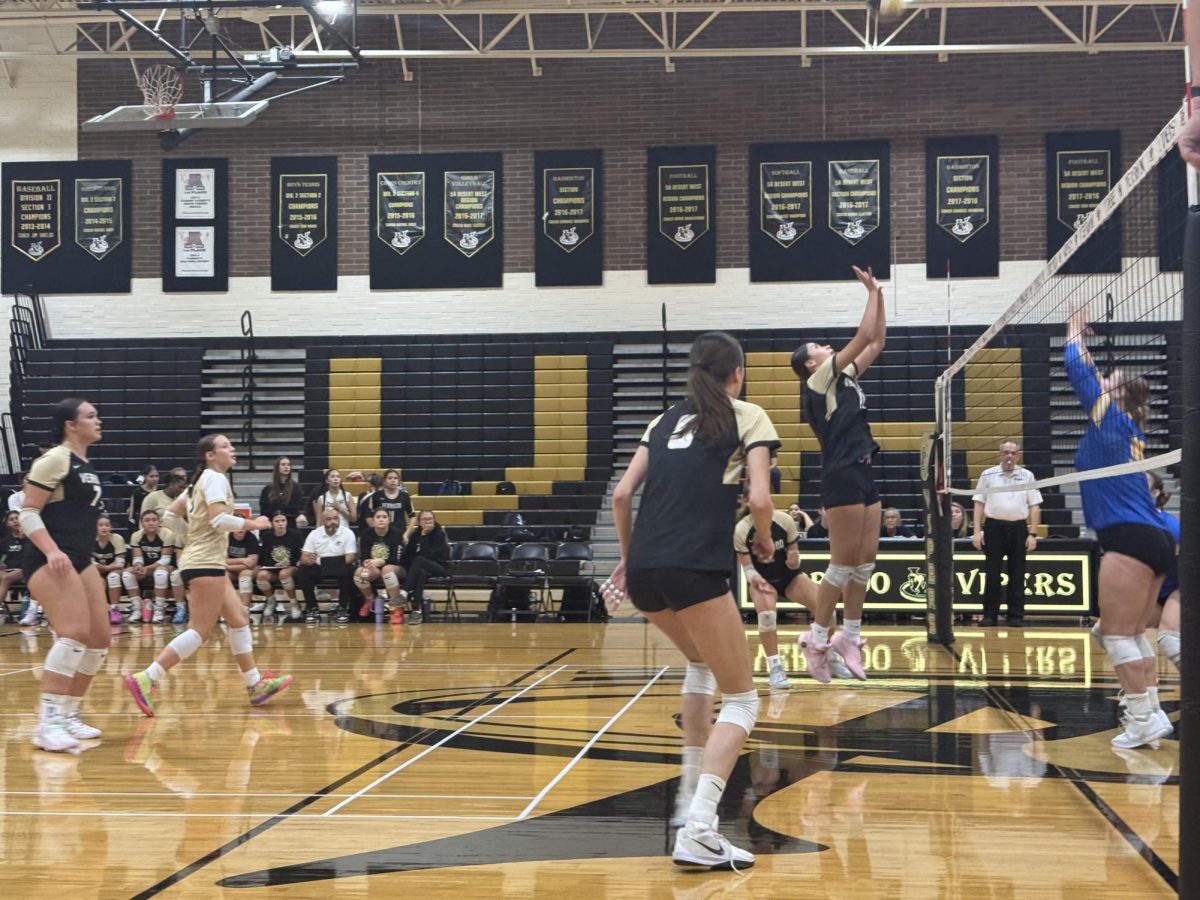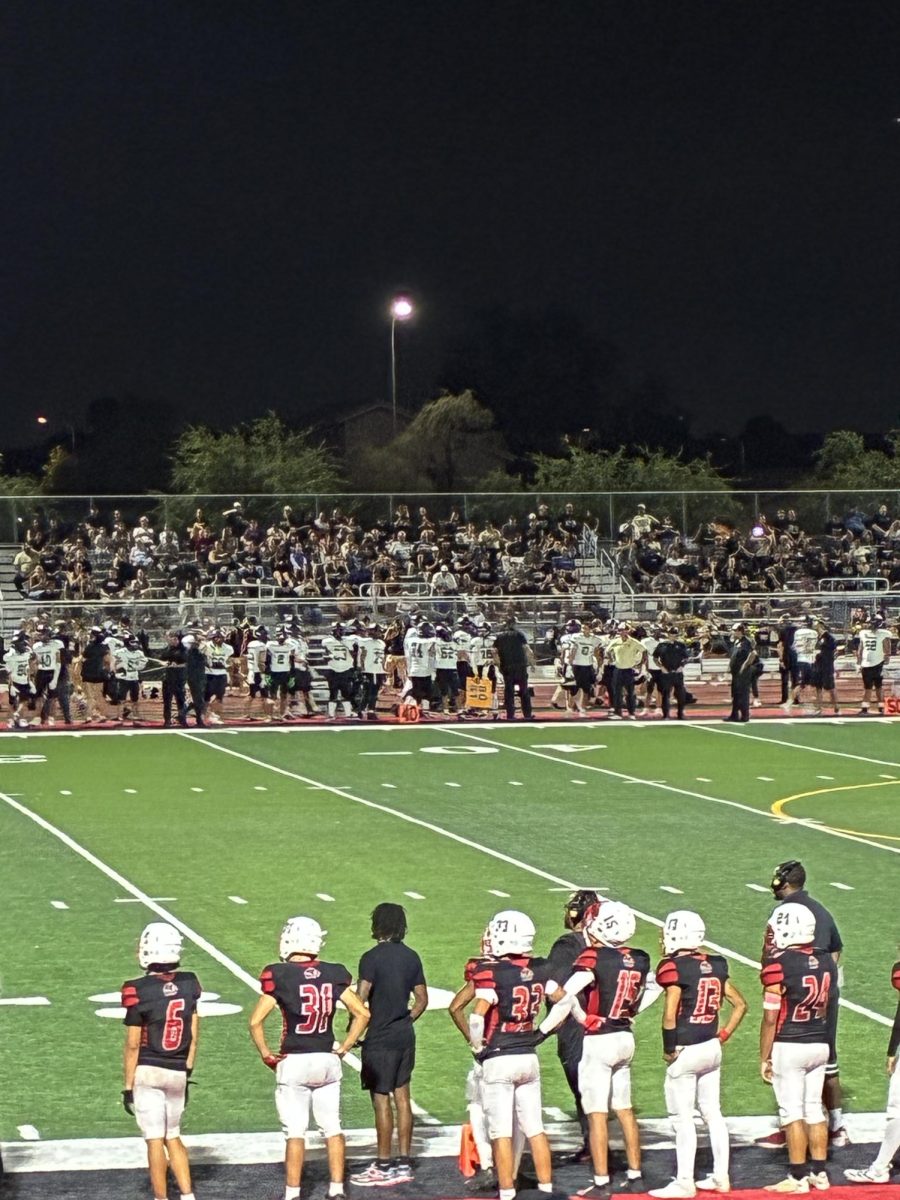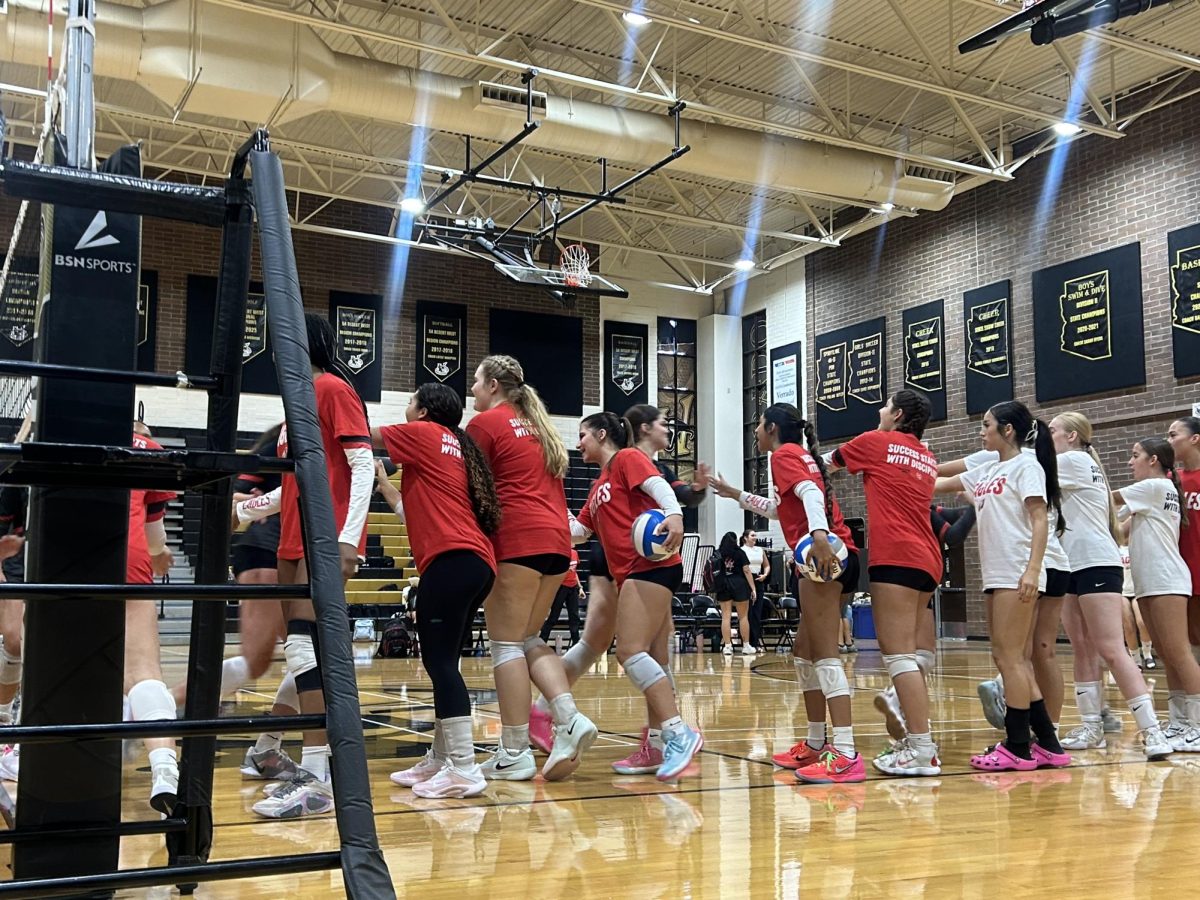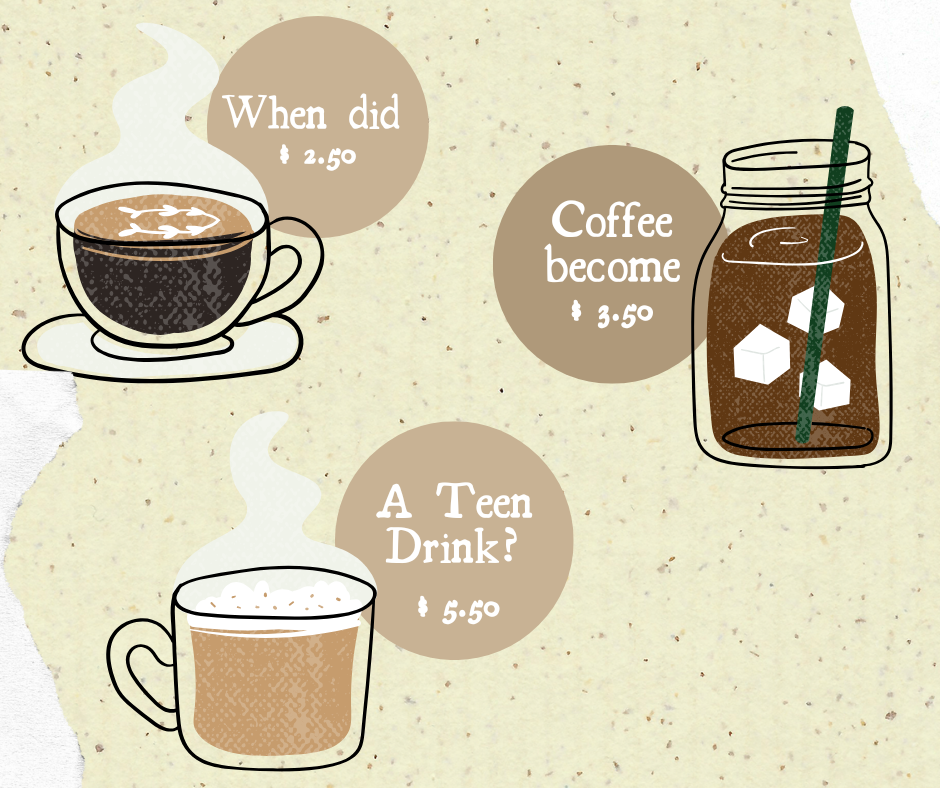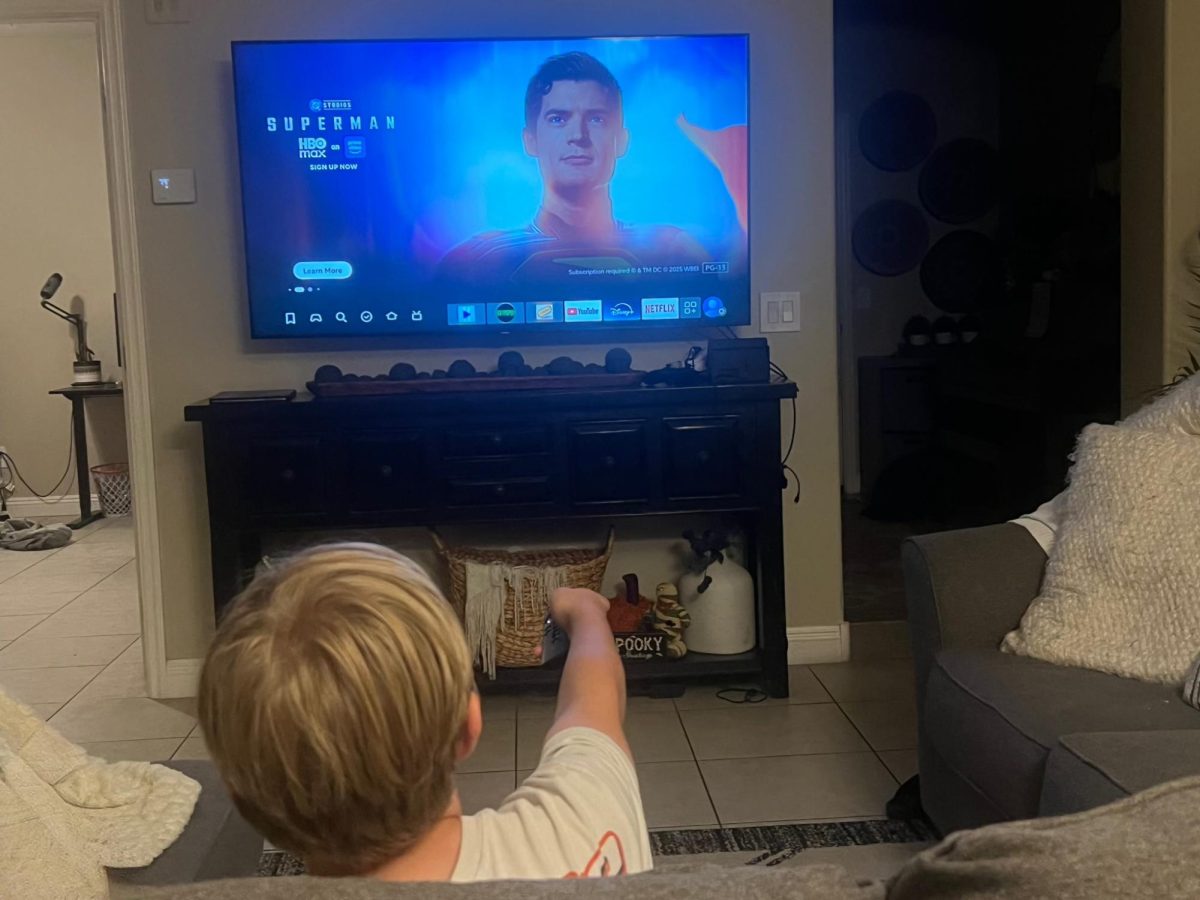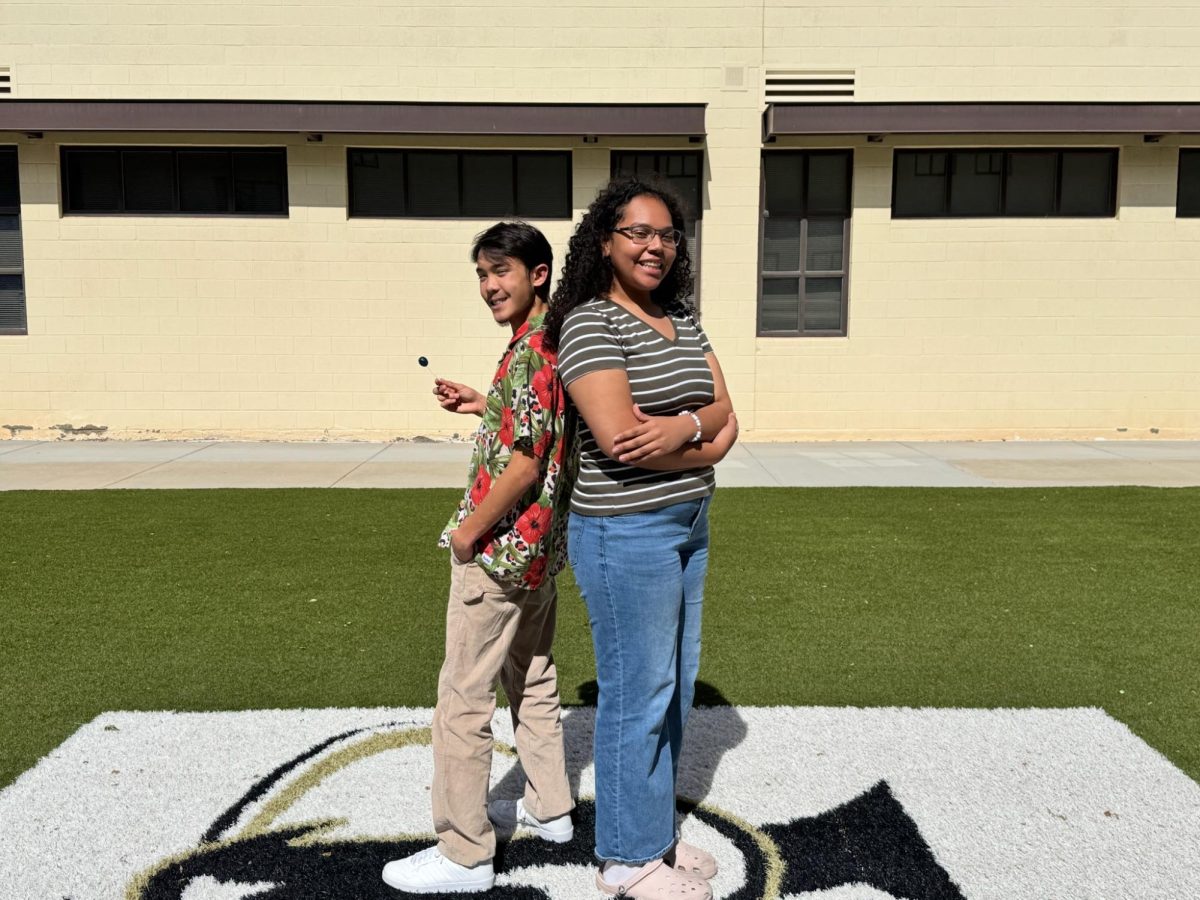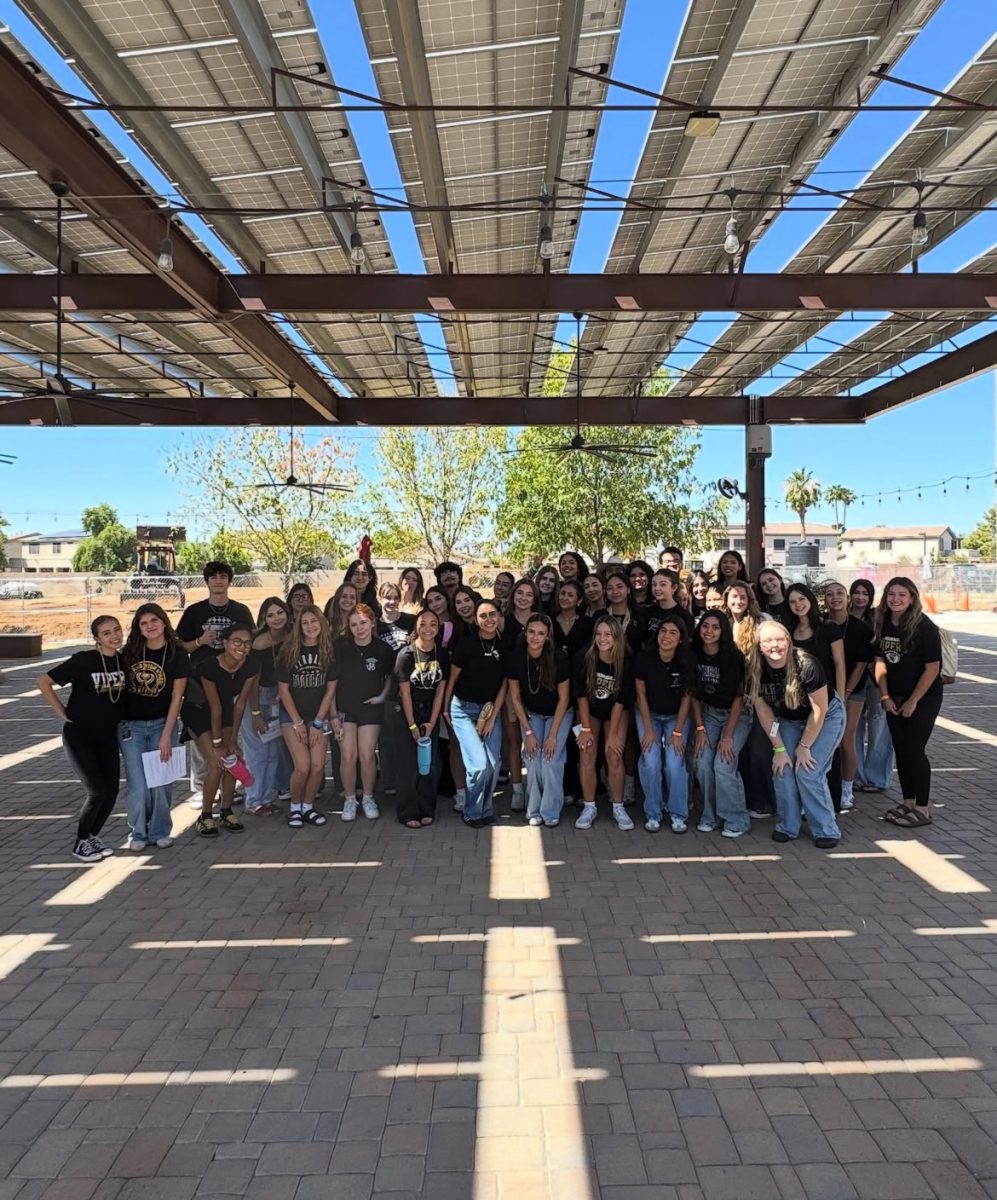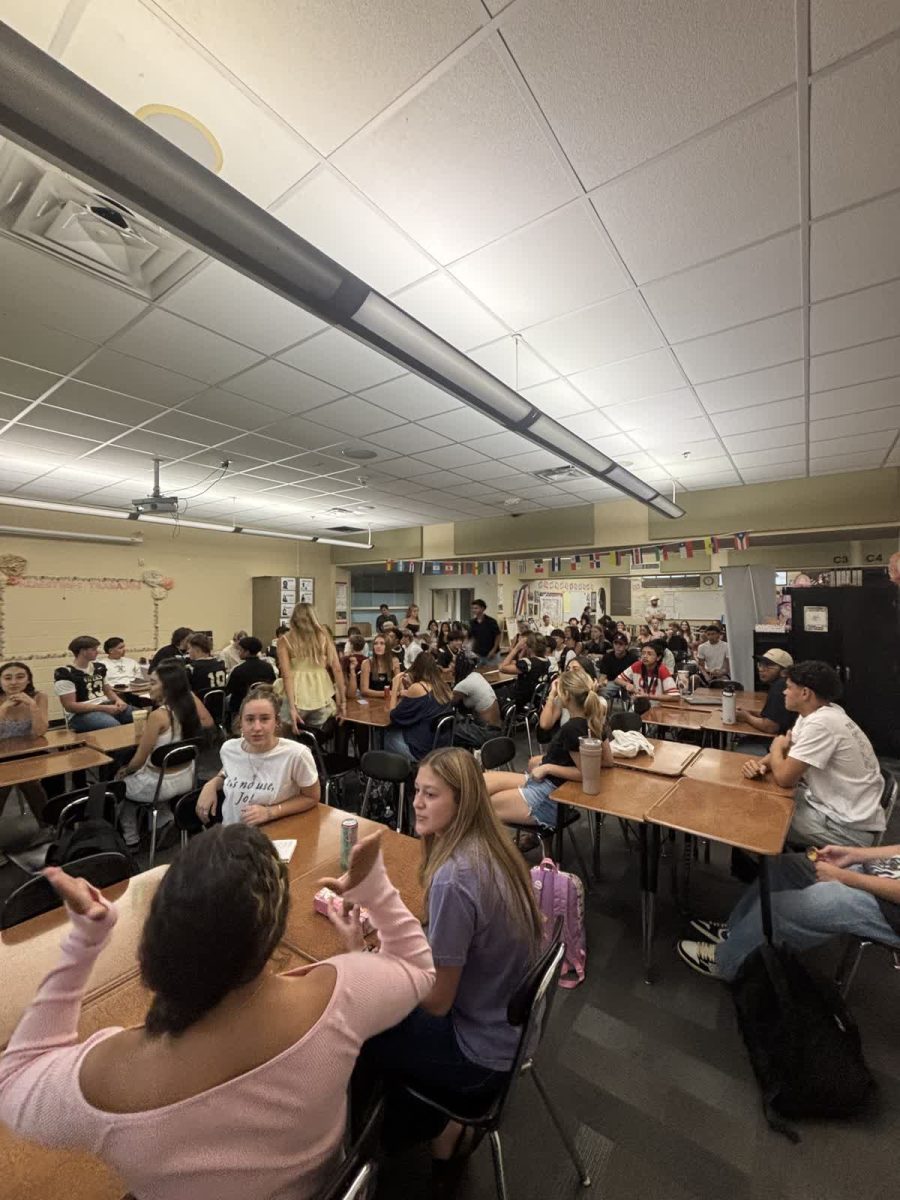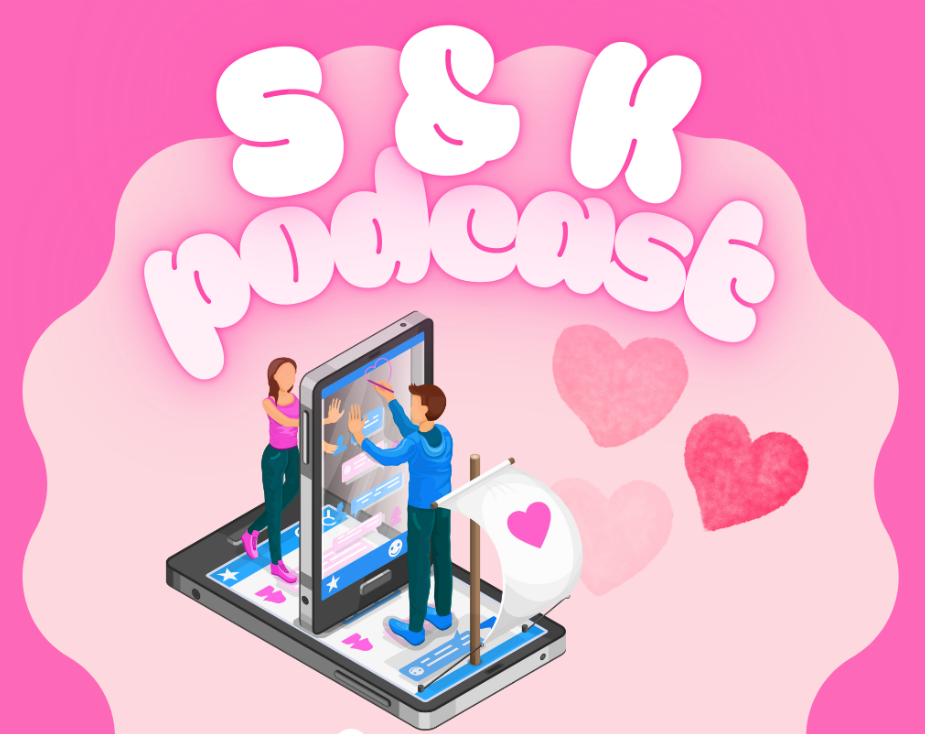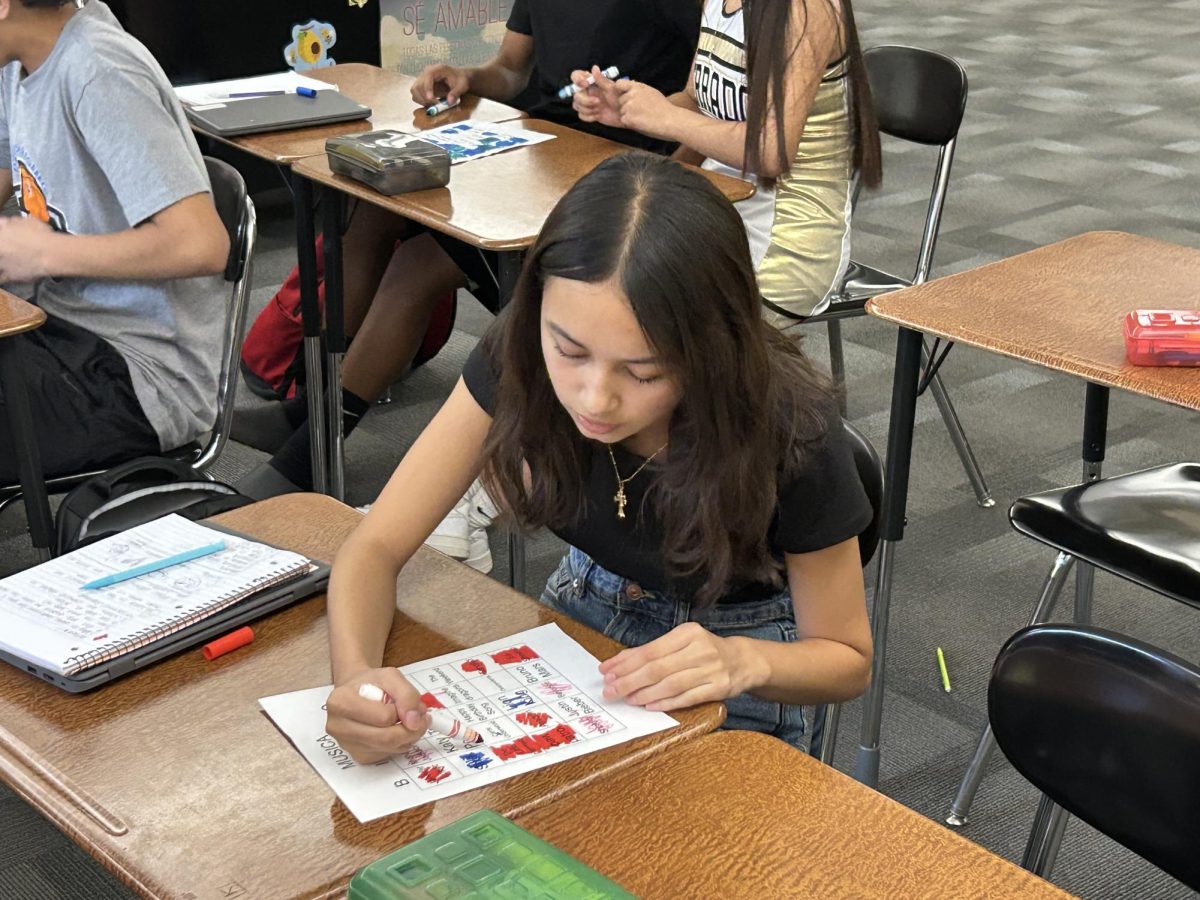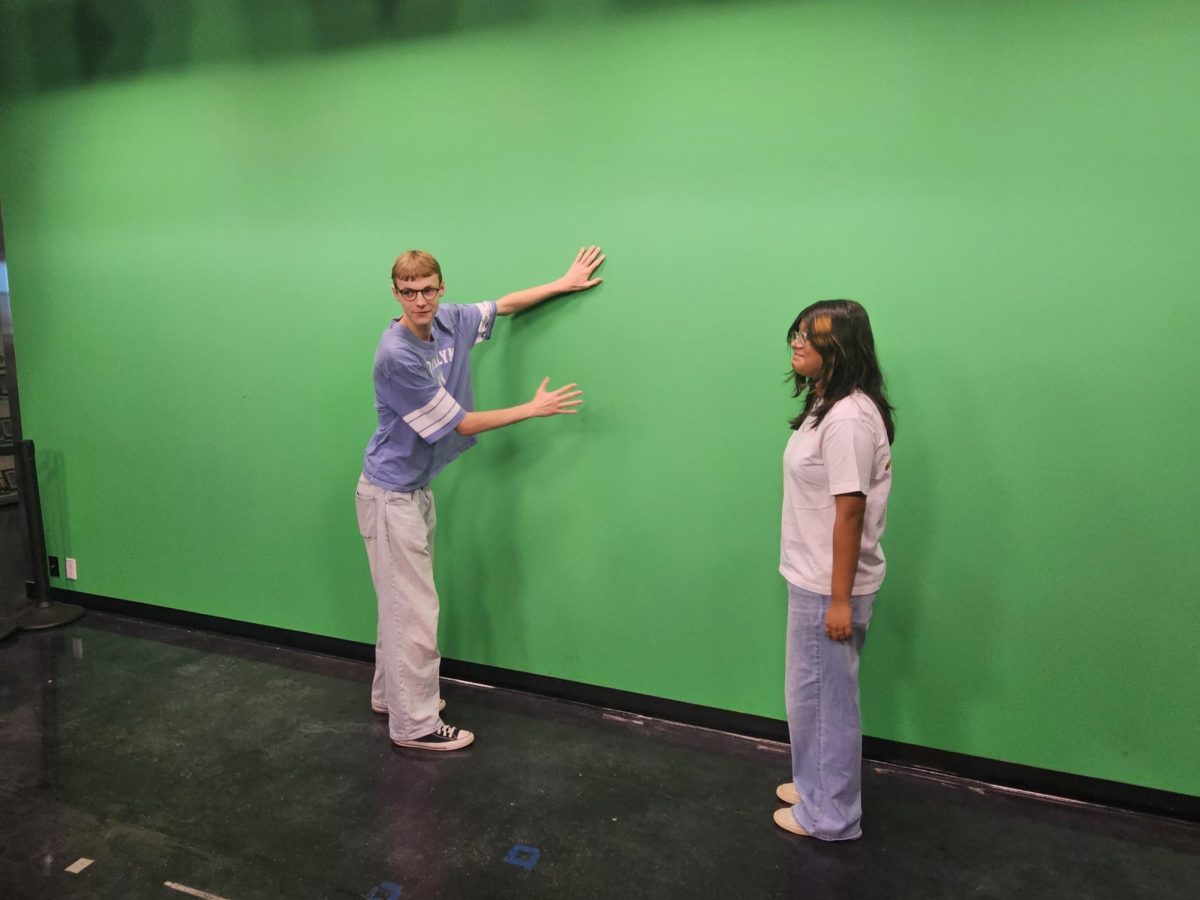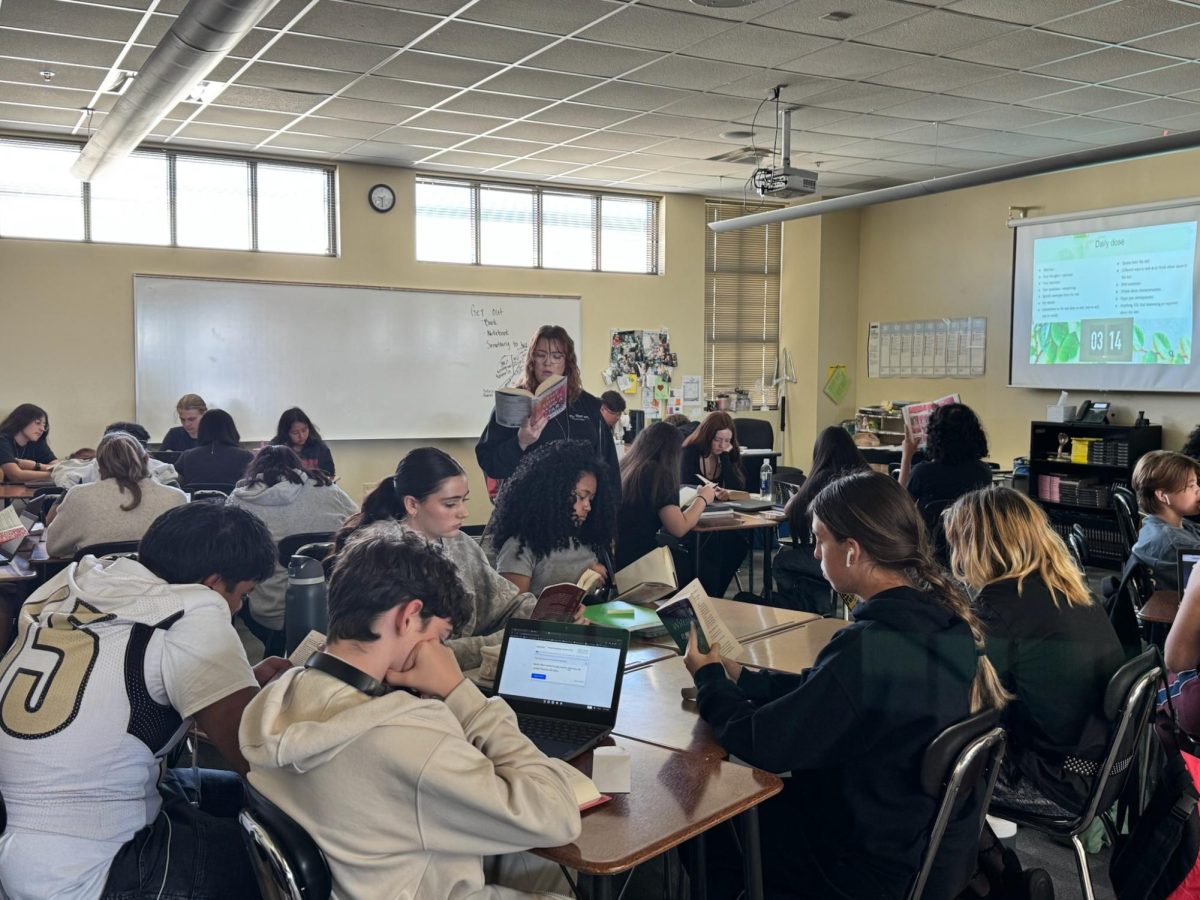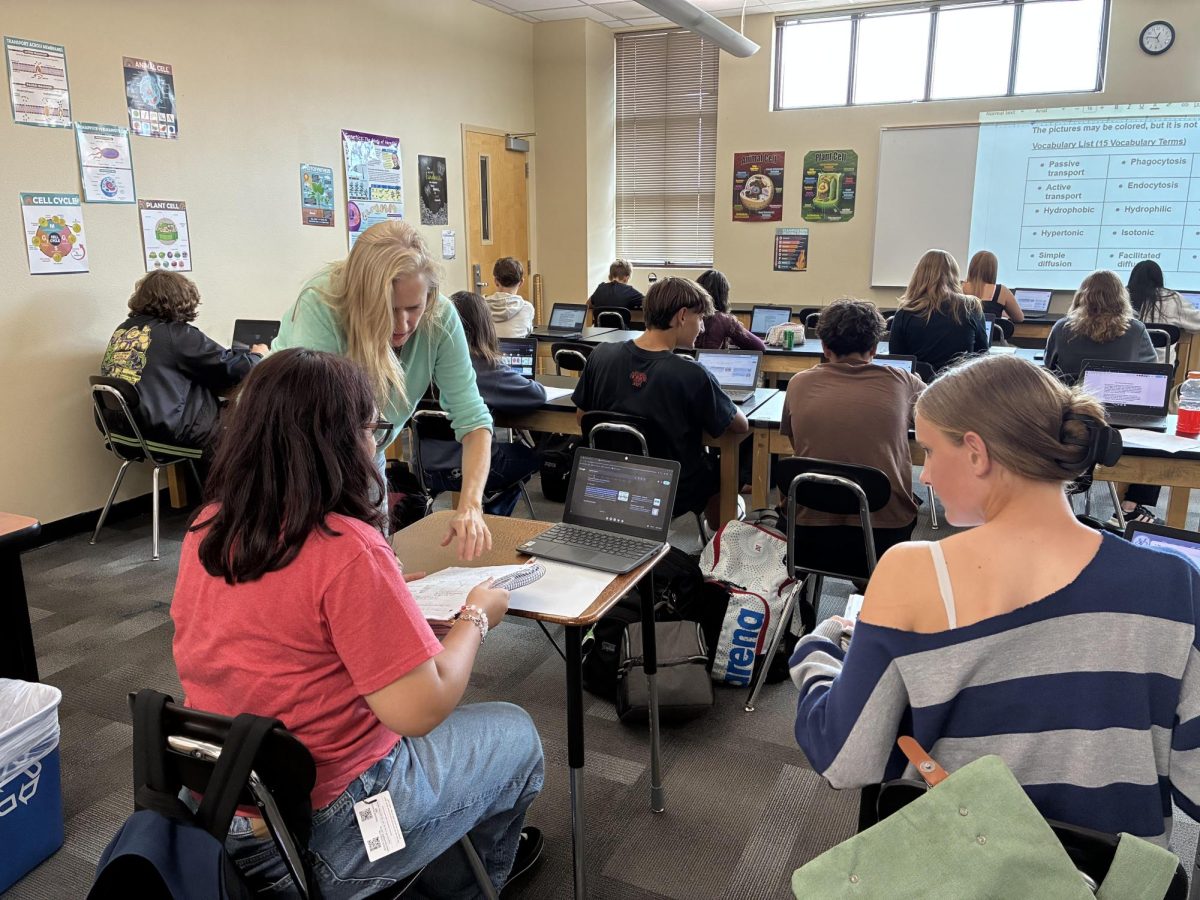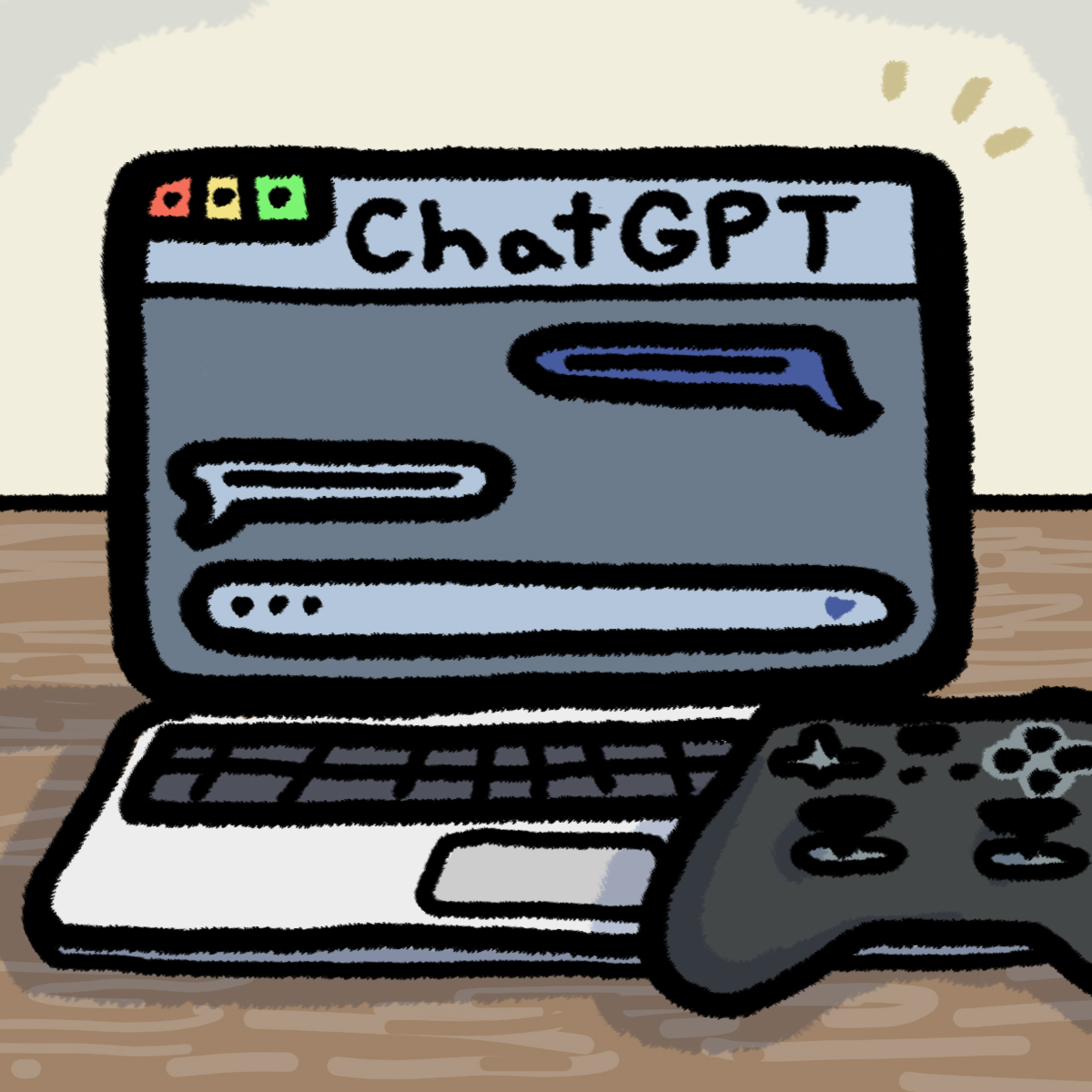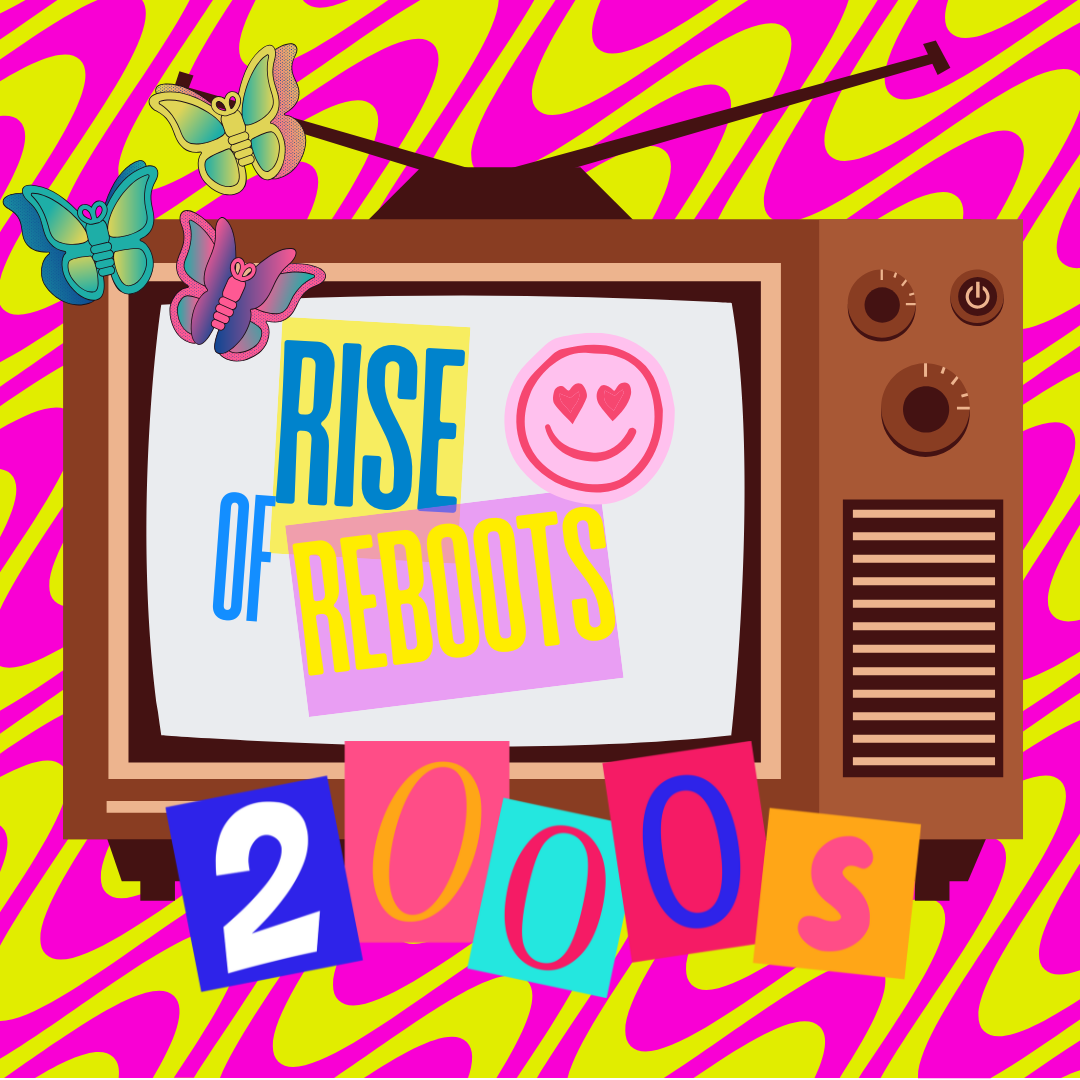The integration of artificial intelligence (AI) has sparked a vigorous debate within the educational community, igniting conversations about its benefits and potential problems. Amidst this debate an overwhelming number of students are using websites like chatgpt and other artificial intelligence for school work, with statistics revealing that 43% of college students and 44% of high school students have embraced AI-powered platforms like chatgpt.com for their academic pursuits, catapulting this technology into the educational spotlight. Even states like Iowa are leveraging its capabilities.
At the heart of this conversation stands the educators, who have voiced a multitude of opinions about AI’s role in classrooms. Since the inception of Chatgpt in November 2022, teachers have raised concerns, ranging from fears of stifling creativity and fostering technological dependency to reshaping the very essence of education itself. Some educators worry about the potential erosion of traditional teaching methods, increasing the use of AI for cheating, while others harbor apprehensions about the possibility of AI taking over their roles.
However, these opinions don’t encompass the entire educator community, as some teachers have begun to embrace AI as a supplementary tool in their teaching toolkit. Some are employing AI to streamline administrative tasks, such as responding to emails and coming up with ideas for class activities, thus allowing them more time for focused engagement with their students. An example of this is even prevalent in our schools “I have used AI to help me create more engaging lessons in terms of bouncing ideas off of AI systems like ChatGPT. Just this week I decided to revamp a lecture presentation into a scavenger hunt and had ChatGPT come up with riddles to lead the students to the next station. It helped me change a boring, direct instruction lesson into something that had students moving and using their critical thinking skills.” Ms. Matas honors English II. These educators recognize that AI, rather than replacing them, can enhance their capabilities, offering timely insights and tailored assistance.
It’s crucial to recognize that AI isn’t just a controversial topic; it’s also an invaluable resource that holds immense potential for enriching the learning experience. “I absolutely think that students need to incorporate AI tools in their learning. Here are a few reasons:1. Positive Tool 2. Empowerment 3. Skill Development 4. Complementary Learning 5. Preparation for Future Careers 6. Creative Exploration 7. Technology Literacy 8. Continual Learning” Ms. Webster Algebra II honors. An impressive percentage of students at Verrado High School (80 percent out of twenty students said they used AI) are already reaping the benefits of AI. AI serves as a versatile tool, helping students with grammar checks, offering inspiration, and saving time. Platforms like ChatGPT churn out complex tasks in seconds, while tools like Photomath make math problems more approachable. Tuter.ai offers detailed explanations to students’ queries, Gradescope provides a window into teachers’ grading criteria, and Copyscape guards against plagiarism. The consensus remains that AI’s utility is undeniable.
In essence, the educational landscape is at a critical juncture where AI’s influence is irrefutable. As students gravitate towards AI to enhance their learning experiences, educators stand at the crossroads of innovation and tradition. While concerns are valid, the transformative potential of AI is equally undeniable. Rather than shunning it, educators could find immense value in harnessing AI as a tool that not only empowers them but also propels education into the future. It’s a journey of collaboration, adaptation, and innovation that promises to redefine education for generations to come.

